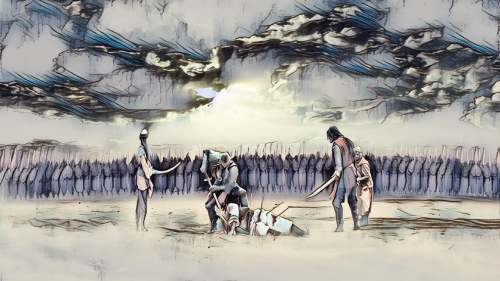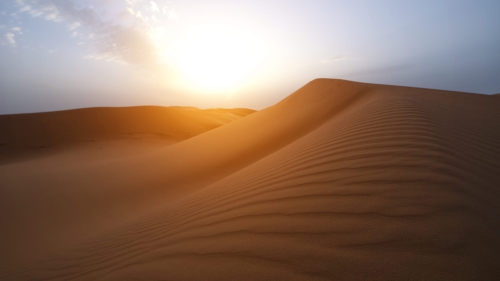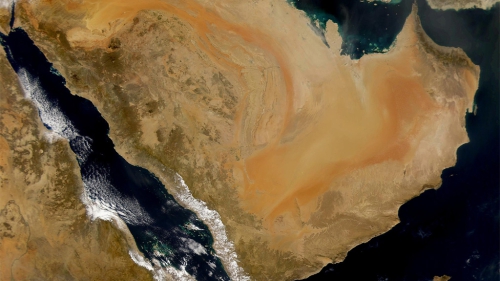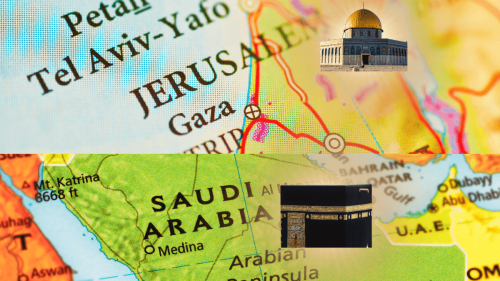Great Pyramid of Giza: Wonder of the Ancient World
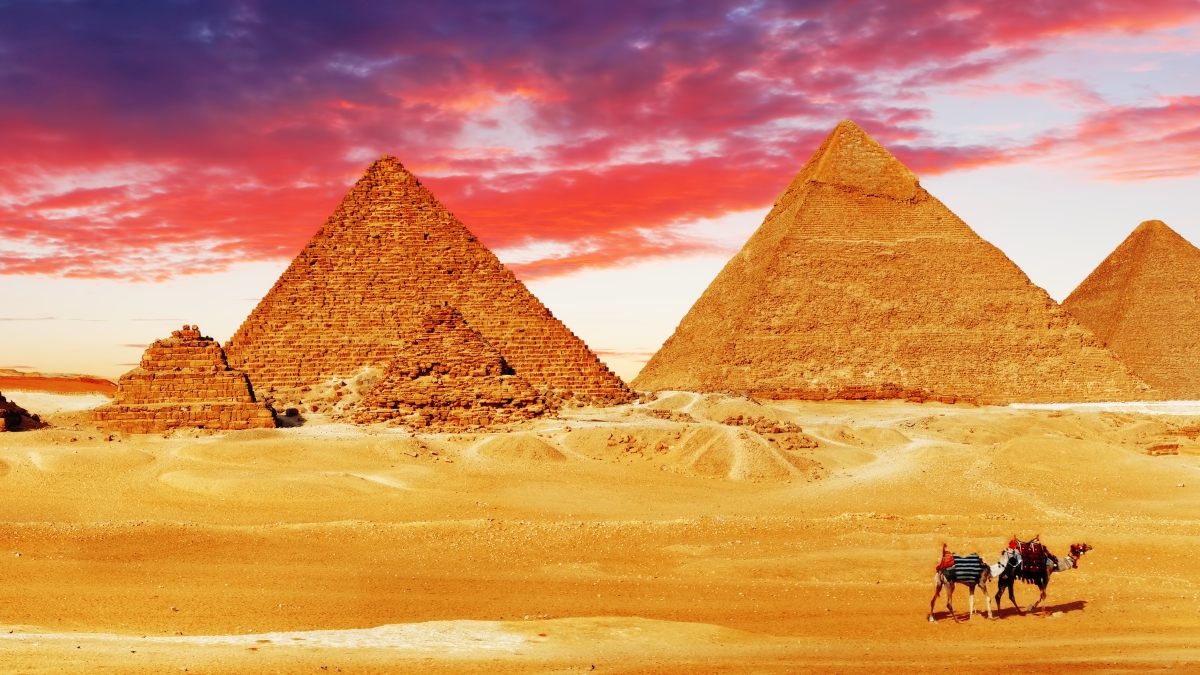
The Great Pyramid of Giza is the oldest monument on the list of the Seven Wonders of the Ancient World. It is also the only one left standing. It is a marvel of human engineering and construction, and its sheer size and scale rivals any structure built within the last few hundred years. It's construction, though, has always been the subject of much debate among scholars, because of its massive size and near perfect proportions.
The Great Pyramid of Giza was built for the Fourth Dynasty Pharaoh Khufu (or Cheops), and was completed around 2560 BCE. It is part of a complex of 3 large pyramids in the Giza Necropolis located in modern Cairo, Egypt. The Great Pyramid is the largest of the three pyramids, and it is part of its own smaller complex that also contain 3 small pyramids that were built for Khufu's wives.
It took approximately 20 years to complete, and several theories are debated by scholars as to how it was built and by whom. Some theories point to slave labor, but it seems more plausible that Egyptians themselves lent their efforts, working during the times of year when the Nile was flooded and their farm work would not have been possible. It would have been a sort of civil service.
How the pyramid was constructed has always been the subject of very passionate debate by scholars. Some evidence and theories suggest that 20,000 workers over the course of 20 years built it, and were even paid to do so. This would have required a great deal of organization and manpower in the way of accounting and record keeping. The Egyptians were known for their excellent documentation.
The pyramid was constructed out of stone blocks, each weighing at least 2 tons. There are theories suggesting that multiple men together maneuvered each block over a ramp that encircled the structure as it rose, or that they moved each stone up long ramps that got higher and longer as the pyramid got taller, or even that scaffolding was used. Many eschew each of these theories for different reasons, including the idea that wood that could have been used for scaffolding or ramps would have been at a premium, and using mud brick for those purposes would not have held under the enormous weight of each massive block. And, of course, there are the ideas that aliens built the pyramids. However the pyramid was constructed, it is a marvelous feat, and should be awed and respected, especially because it is standing today with relatively minor damage.
The Great Pyramid, when completed, was faced in the gleeming white Tura limestone, which must have presented quite the spectacular appearance in the Egyptian desert. It was 481 feet high (it has since lost its top and is currently 25 feet less tall) and covers 13.1 acres. It is estimated that 2.3 million stone blocks were used, weighing between 2 and 15 tons each. The pyramid itself is filled with internal passages and chambers that would have housed the Pharaoh's granite sarcophagus and all the necessary goods for a fruitful journey to the afterlife. This would have included a great deal of precious metals and stones, food products, and hand-carved furnishings.
There is no wonder why the Great Pyramid of Giza was on the list of the Seven Wonders of the Ancient World. It is a testament to human ingenuity and strength, and its size and near-perfect proportions must have been awe-inspiring to behold.
( Source: Ancient History )
Topics: Egypt, Great Pyramid, History, Travel
Views: 12135
Related Suggestions






